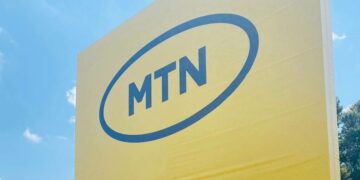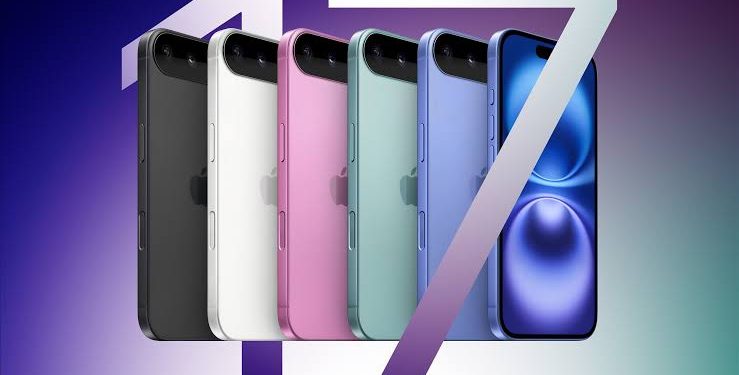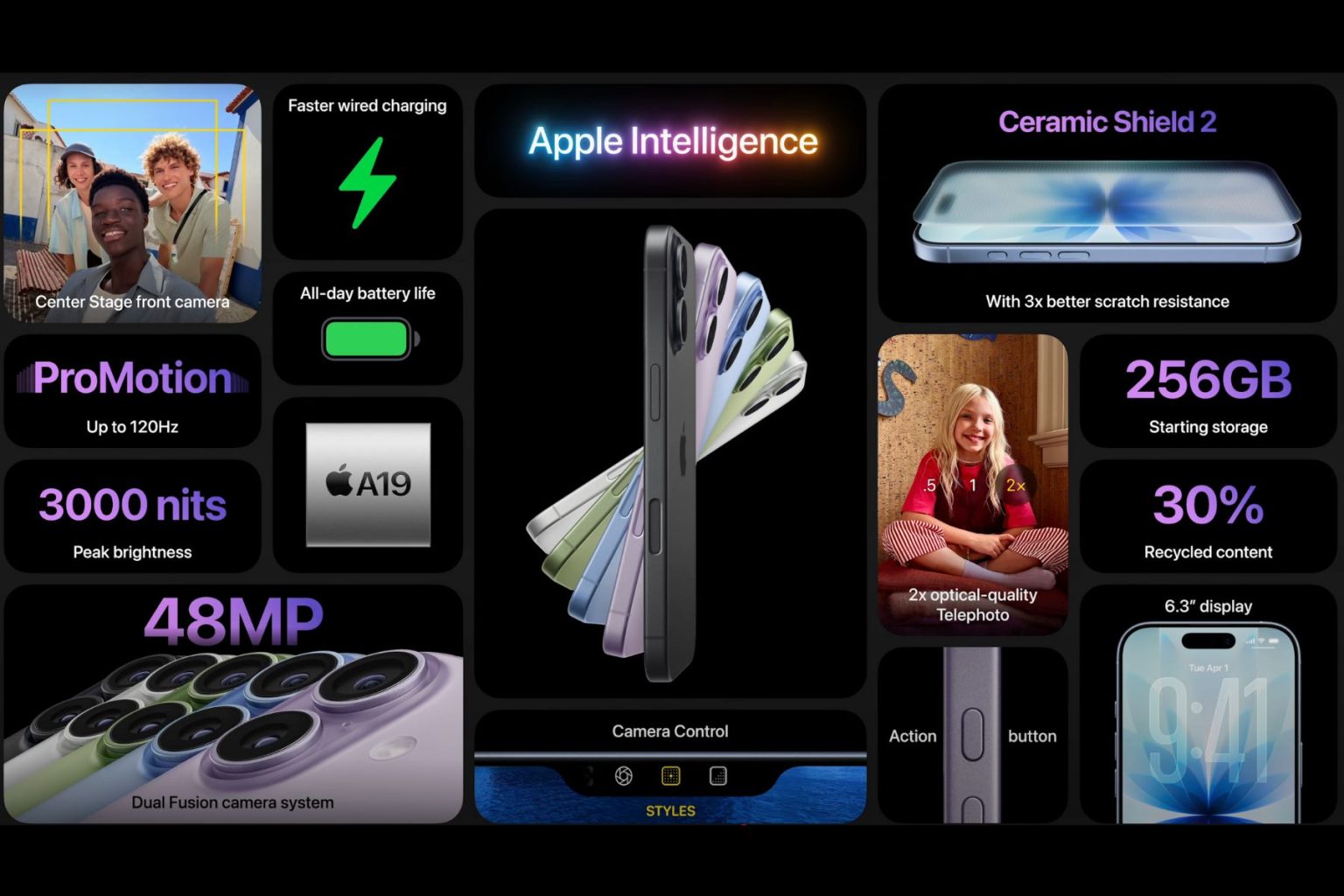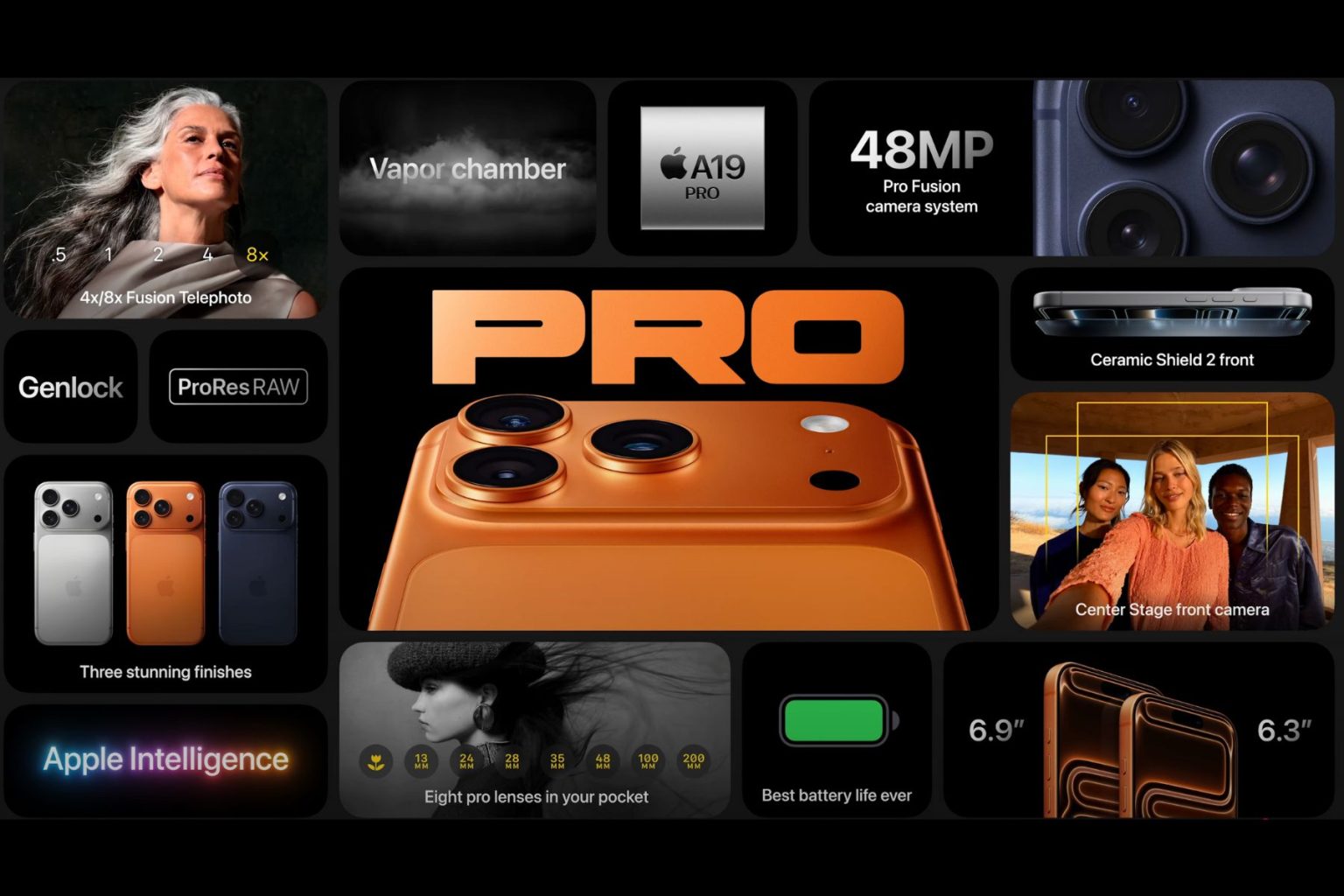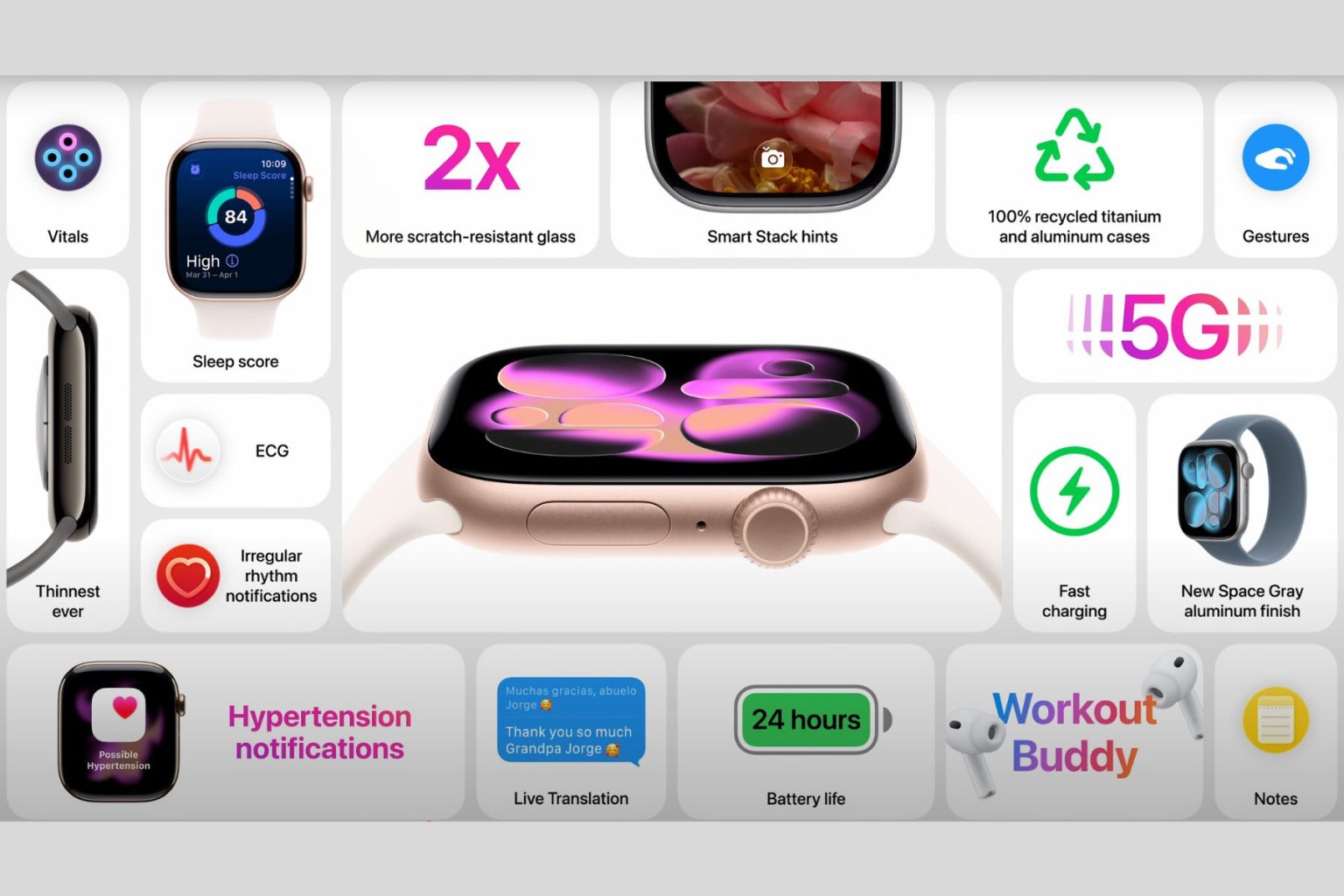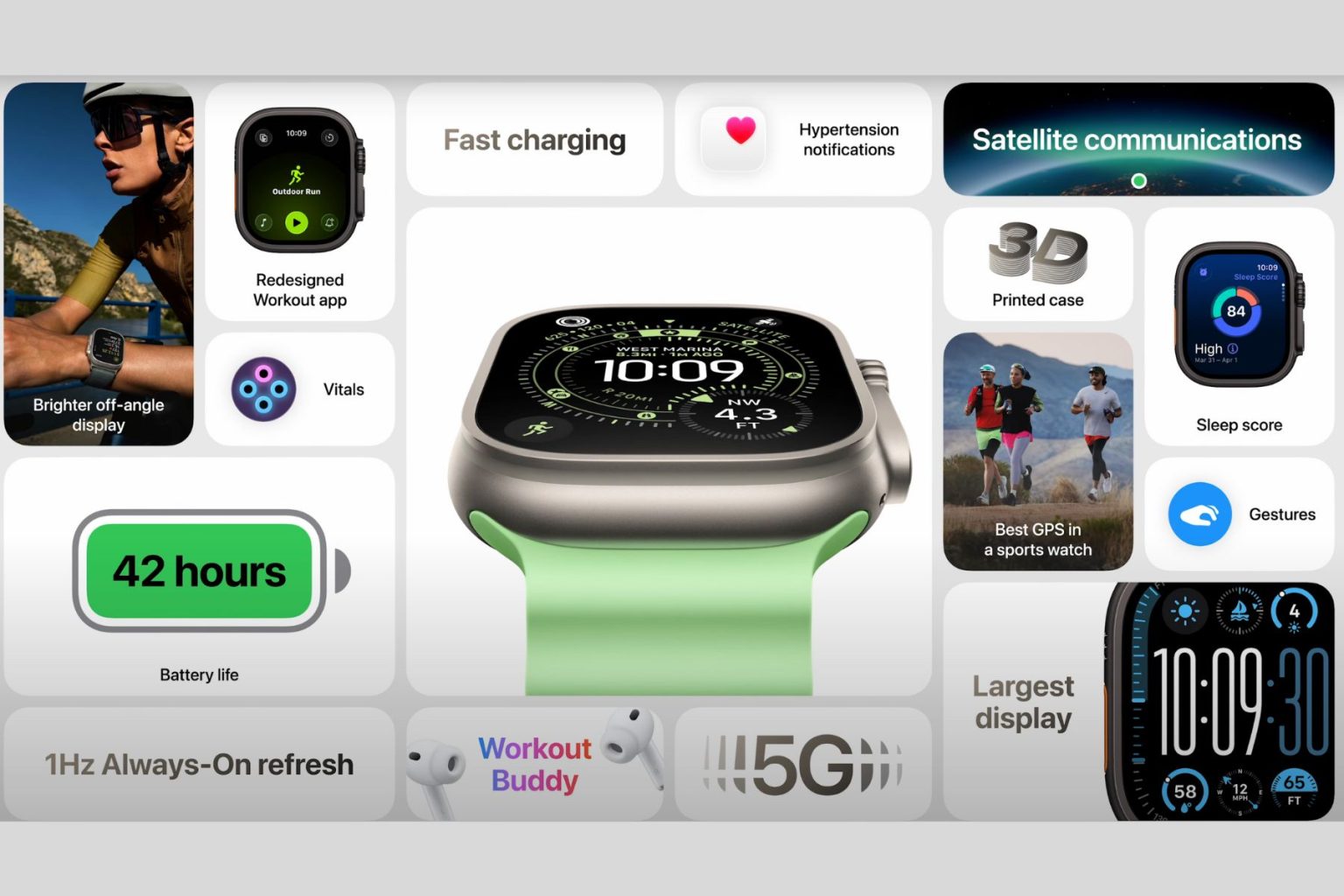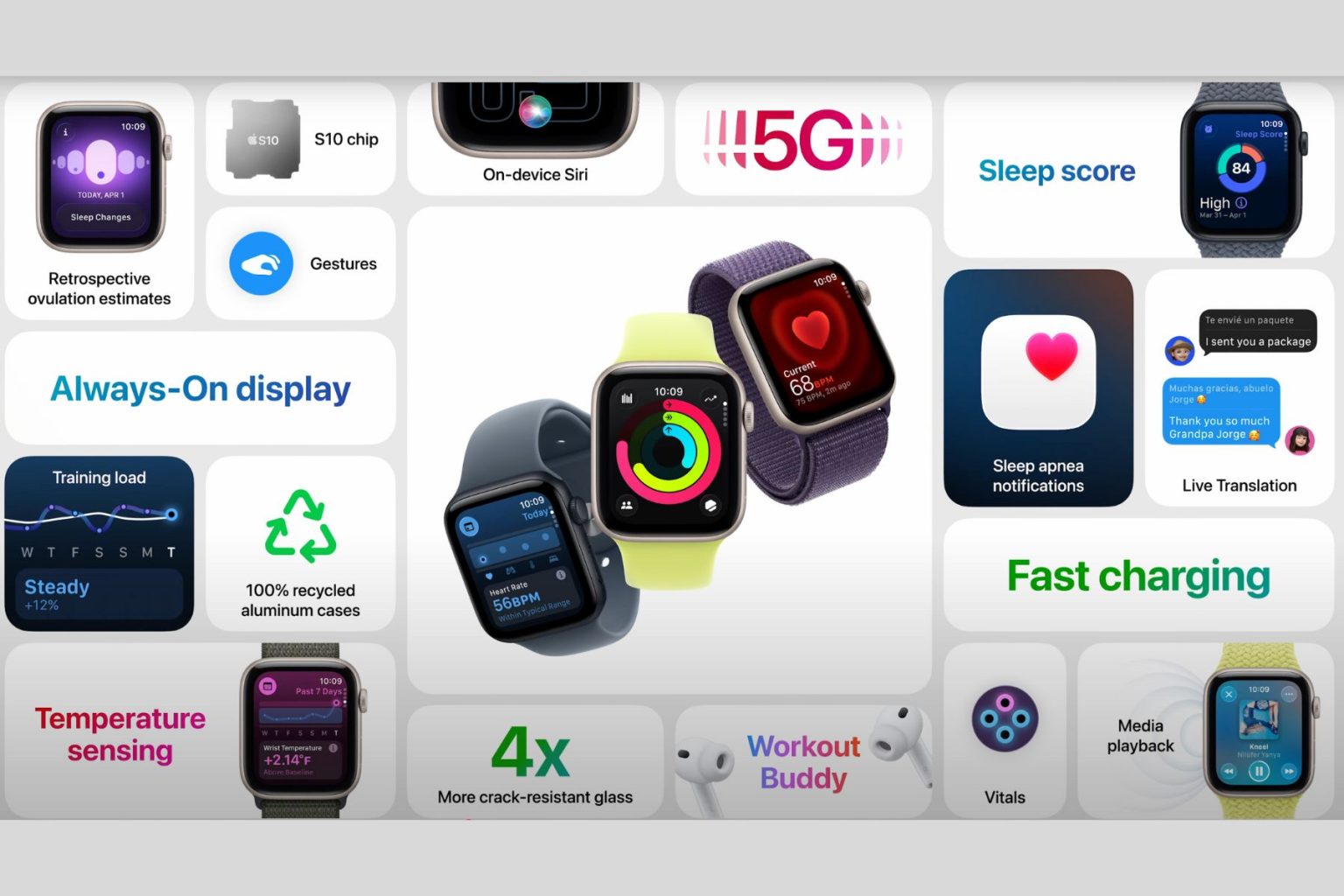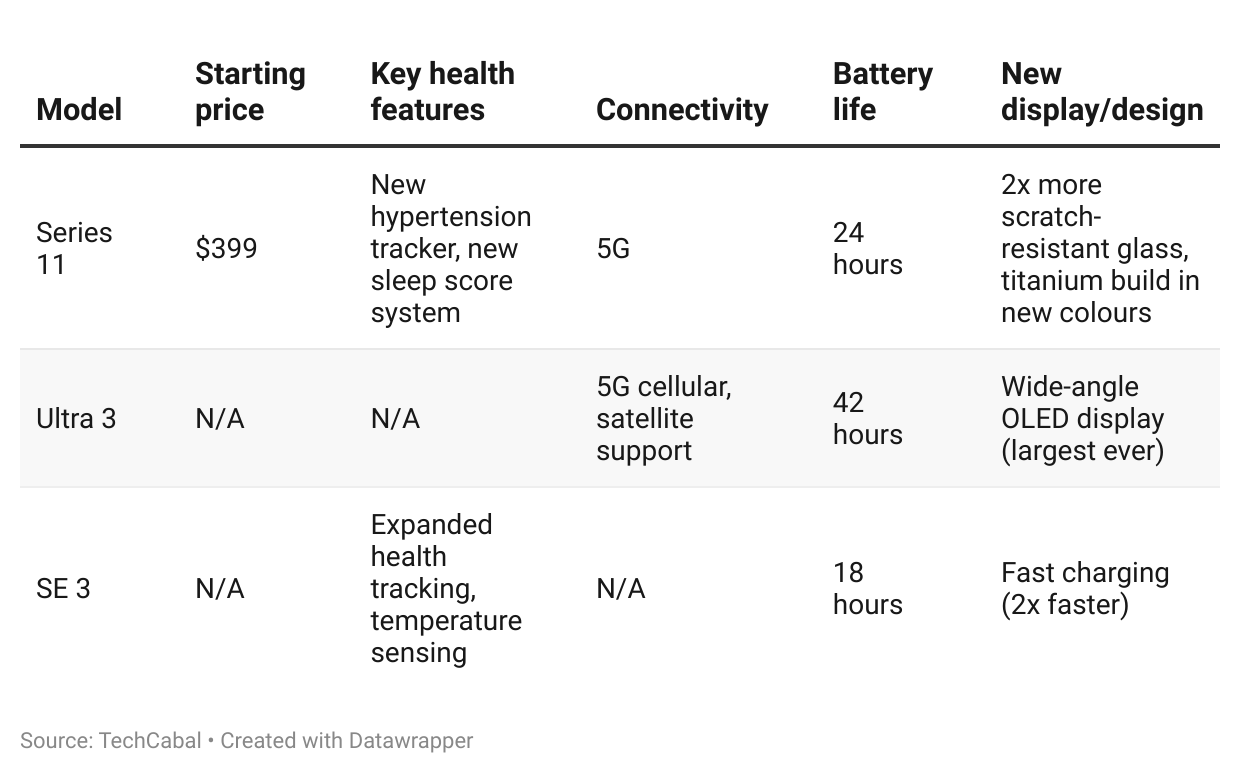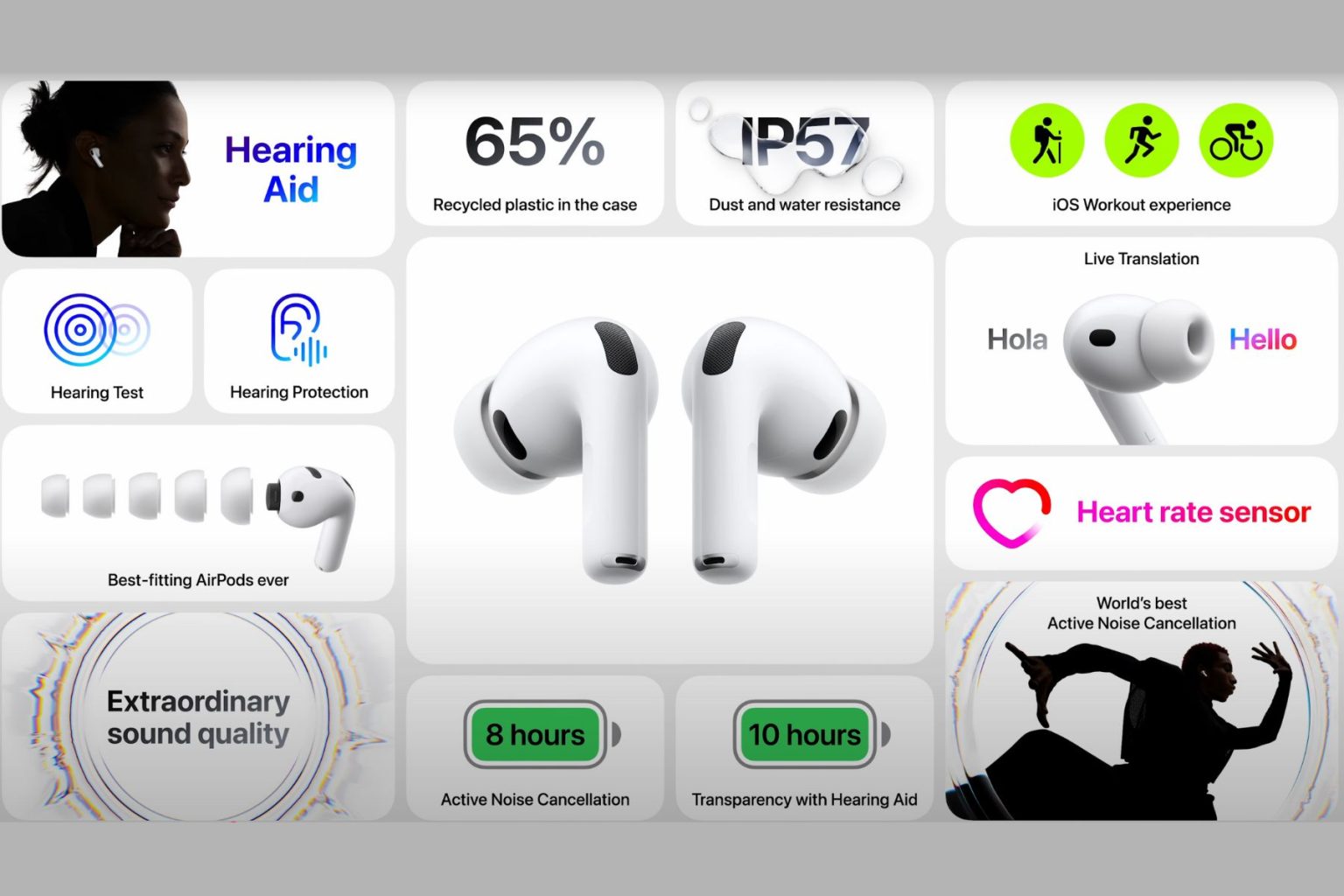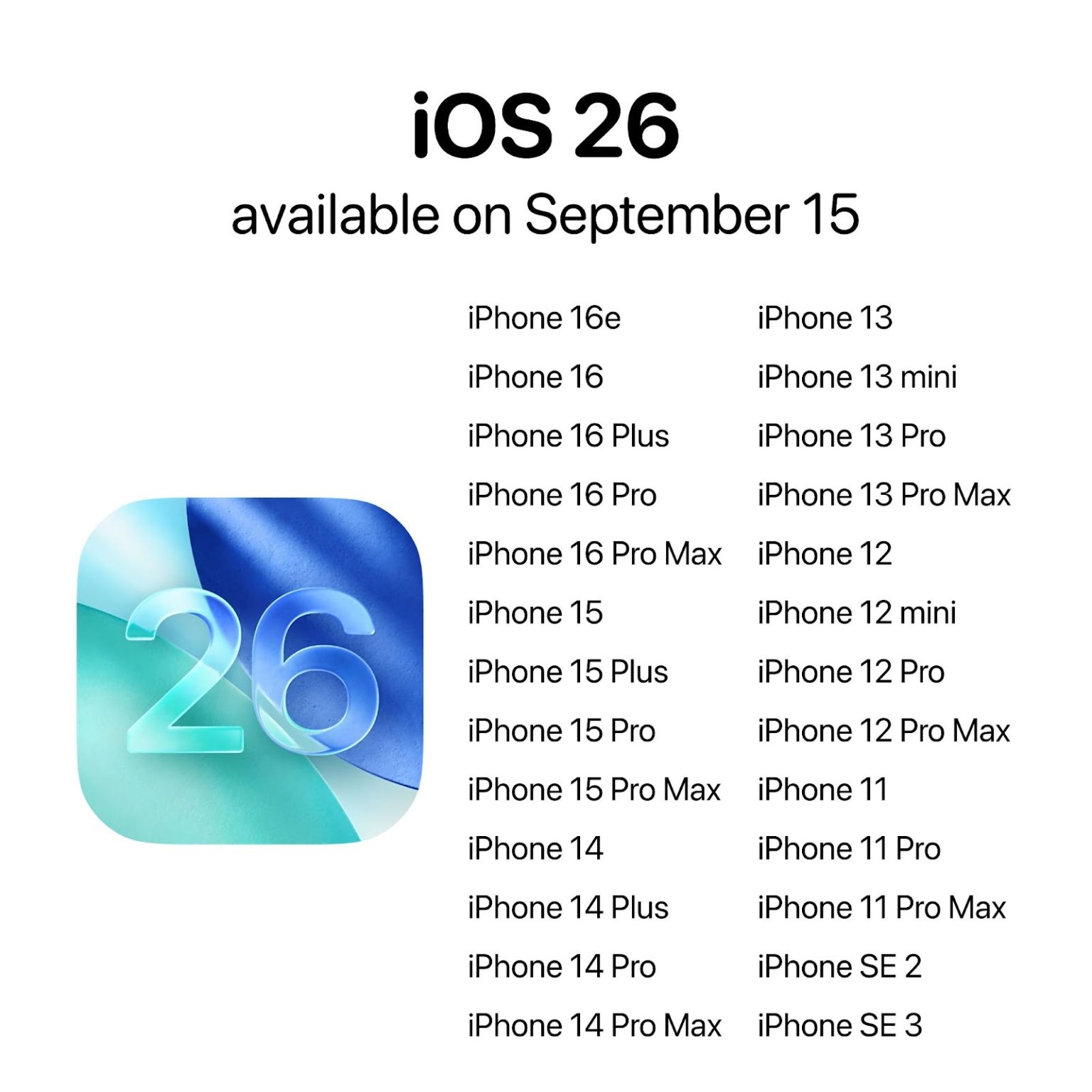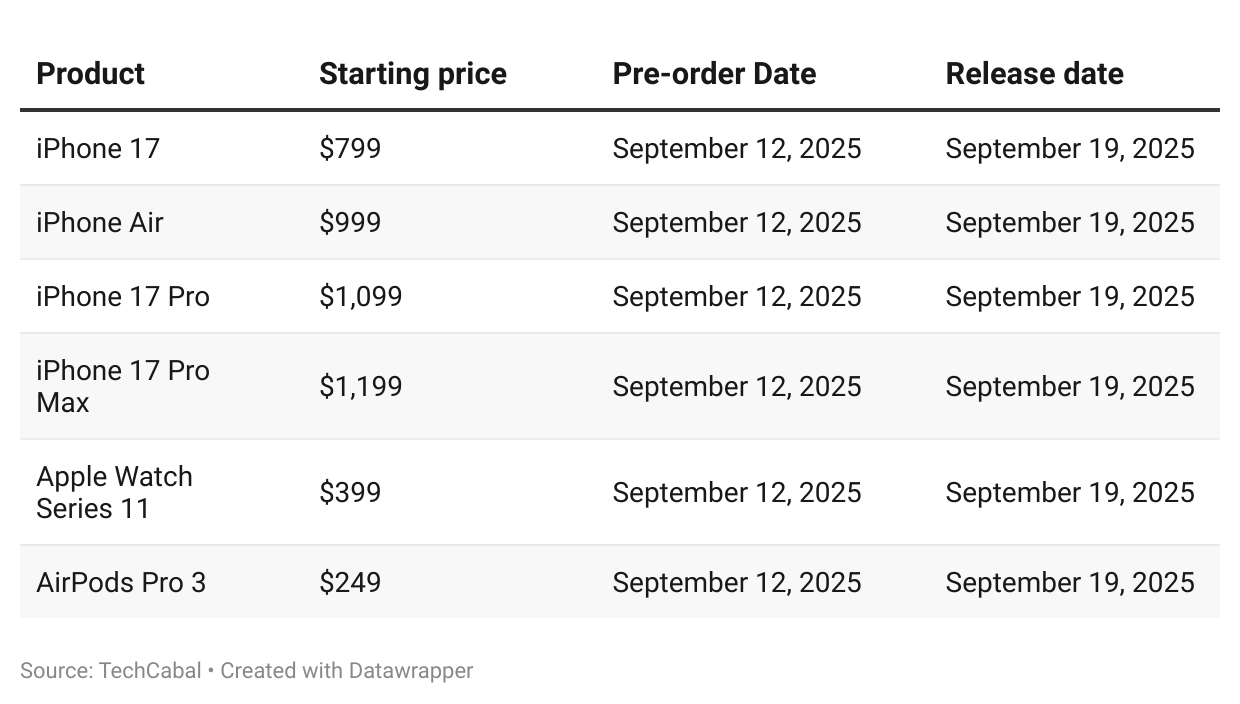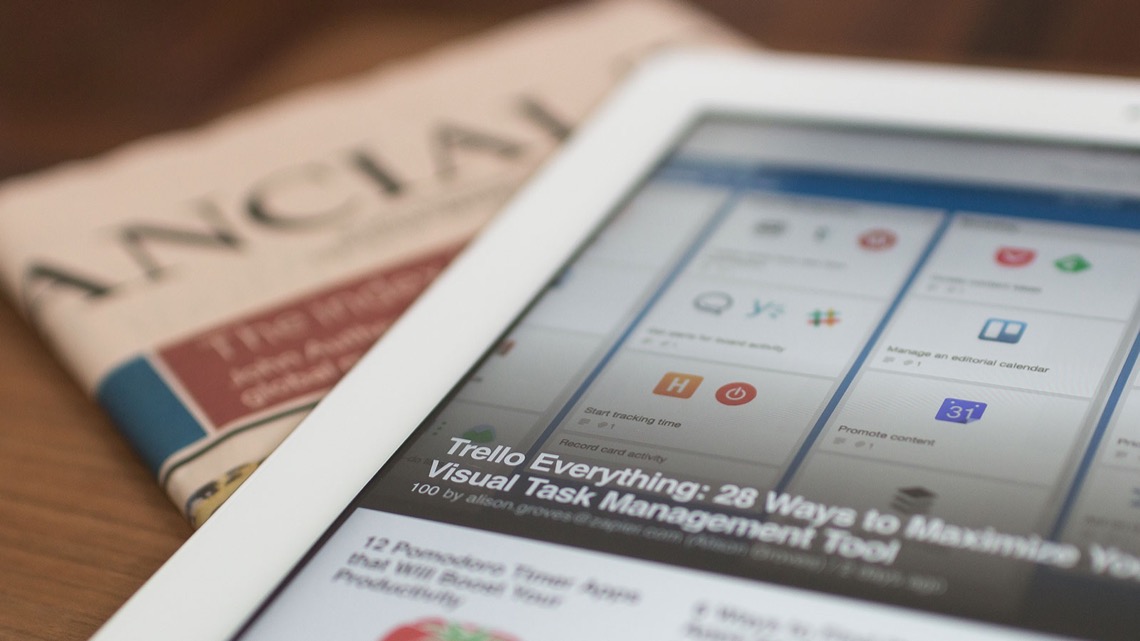Apple’s “Awe Dropping” event on Tuesday, September 9, unveiled the company’s most comprehensive set of updates in years. Instead of one headline device, the focus was on building a stronger, smarter ecosystem. Apple highlighted three main themes: artificial intelligence built directly into devices, a redesigned iPhone lineup, and hardware tough enough to last longer.
iPhone 17 lineup takes center stage
The iPhone 17 series drew the most attention. Apple launched four models: the iPhone 17, iPhone Air, iPhone 17 Pro, and iPhone 17 Pro Max. Each version brings upgraded performance, new AI tools, and refreshed designs. In a major shift, every iPhone now starts with 256GB of storage.
The standard iPhone 17 features a 6.3-inch Super Retina XDR OLED display with ProMotion and adaptive refresh up to 120Hz. It runs on the A19 chip with a 6-core CPU, 5-core GPU, and a 16-core Neural Engine. Apple claims a 20% performance boost over last year’s models. With 8GB RAM and a 3,692 mAh battery supporting 35W fast charging, it balances efficiency with power.
The iPhone 17 also sports a 48MP Dual Fusion rear camera system and an 18MP front-facing Centre Stage camera. Night Mode has been improved, while new Photographic Styles allow real-time edits. Ceramic Shield 2 protects the device, offering three times more scratch resistance than the previous generation. Color options include black, lavender, mist blue, sage, and white.
iPhone Air: the thinnest iPhone ever
Replacing the Plus model, the iPhone Air is Apple’s slimmest iPhone to date at just 5.5mm. The phone features a 6.5-inch Super Retina XDR display with ProMotion up to 120Hz. Inside, the A19 Pro chip powers performance, paired with an N1 wireless chip for Wi-Fi 7 and Bluetooth 6. It also includes a C1X modem for faster cellular connectivity.
Battery life is handled by a 3,149 mAh cell that charges to 50% in 30 minutes. The Air’s design centers on portability, with a titanium frame that keeps it light but strong. Its camera system matches the standard iPhone 17, delivering 48MP Fusion photos and smooth 18MP selfies.
iPhone 17 Pro and Pro Max raise the bar
For power users, the iPhone 17 Pro introduces Apple’s most advanced hardware yet. It features a 6.3-inch OLED display with 3,000 nits peak brightness. The A19 Pro chip includes a 6-core CPU, 6-core GPU, and a 16-core Neural Engine, designed for demanding AI tasks. With 12GB of RAM, the Pro handles heavy workloads, gaming, and video editing with ease.
Its triple 48MP rear cameras include a new tetraprism telephoto lens capable of up to 8x optical zoom. The Pro also features a redesigned aluminum unibody with a vapor chamber cooling system. The Pro Max expands on this with a 6.9-inch display, 5,088 mAh battery, and enhanced telephoto optics. It offers Apple’s longest battery life yet, supporting 40W fast charging and up to 39 hours of video playback.
Both Pro models feature titanium frames and Ceramic Shield 2 for added toughness.
Apple Watch updates
Apple also launched three new watches. The Apple Watch Series 11 introduces a hypertension tracker powered by machine learning trained on data from more than 100,000 individuals. It adds sleep scoring, cycle tracking, and mental health monitoring. Redesigned antennas bring 5G support, while a ceramic coating makes the glass twice as scratch-resistant. Battery life has been extended to 24 hours.
The Apple Watch Ultra 3 offers Apple’s largest display yet, with a wide-angle OLED panel that shows more information without increasing case size. It features a 1Hz always-on display for battery savings, improved satellite support, and Emergency SOS connectivity. Battery life has been boosted to 42 hours.
The Apple Watch SE 3 rounds out the lineup with faster charging, on-device Siri, gesture controls, and new temperature sensing at a more affordable price.
AirPods Pro 3 bring translation and health tracking
Apple’s latest AirPods Pro 3 include twice the active noise cancellation power of their predecessors. A slimmer case houses the earbuds, which now feature foam-infused ear tips for improved fit. A new H3 chip boosts performance and efficiency.
One standout feature is live translation powered by Apple Intelligence. The earbuds also track heart rate, marking Apple’s first move toward health monitoring in its audio devices. The price remains at $249.
iOS 26 and Apple Intelligence
On the software front, iOS 26 introduces a “Liquid Glass” design that reshapes the look of apps, widgets, and notifications. The redesign extends across macOS, iPadOS, and watchOS, unifying Apple’s ecosystem visually.
Practical tools stand out: a new Passwords app, smarter Siri, polls in Messages, and call management features like Call Screening and Hold Assist. Apple Intelligence powers many of these functions on-device rather than relying solely on the cloud.
For instance, Adaptive Power Mode on the iPhone Air extends battery life, while AirPods Pro 3 uses Apple Intelligence for live translation. Third-party apps such as Firefox will also gain access to on-device AI tools.
Pricing and availability
Pre-orders for the iPhone 17 lineup, Apple Watch Series 11, Ultra 3, SE 3, and AirPods Pro 3 open Friday, September 12. All devices hit stores and online shelves a week later on September 19.
Apple’s 2025 event was not about one product stealing the show but about strengthening the company’s ecosystem. Each device works smarter together, with on-device AI and design consistency across hardware and software.
The iPhone 17 lineup raises the baseline with 256GB storage and tougher builds. Apple Watch Series 11 brings health-tracking features never before seen on a smartwatch, while AirPods Pro 3 add translation and health sensors. With new TechWoven cases and unified design across platforms, Apple is tying its products into one seamless experience.
For investors, the announcements were incremental, with Apple’s stock dipping 1.5% after the event. But for consumers, the company presented its clearest vision yet: an ecosystem of devices that are smarter, more durable, and more connected.

















